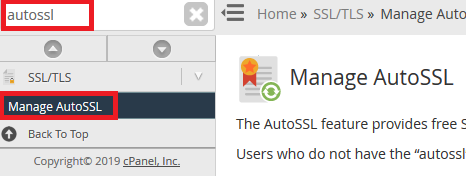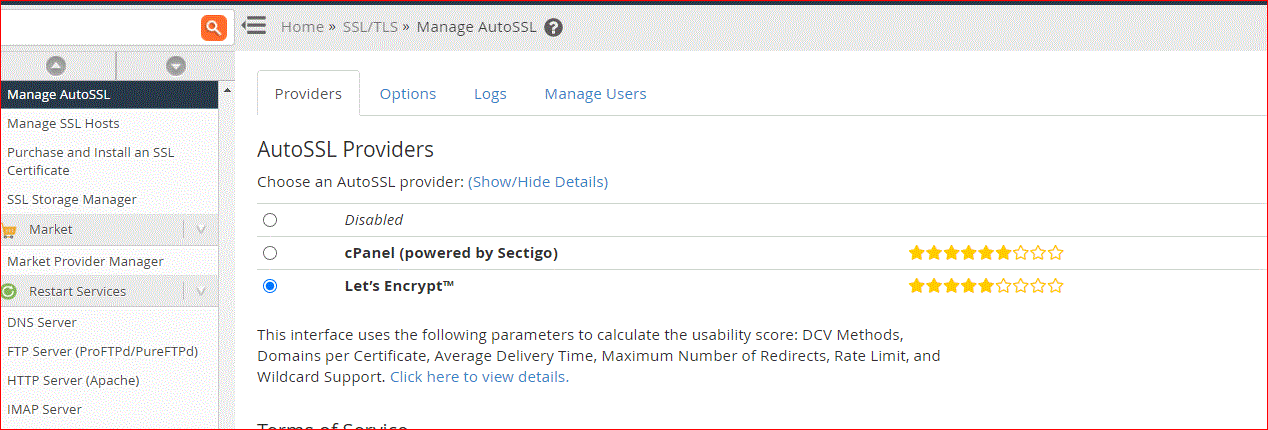
Then, we will generate a request: openssl req -new -key device-nls.key -out device-nls.csrįor example, Country Name (2 letter code) :AUĬommon Name (eg, our name or our server’s hostname) :nls Execute the following command: openssl genrsa -out device-nls.key 2048 Now we need to create a certificate for our Nagios Log Server instance(s). Organizational Unit Name (eg, section) :Ĭommon Name (eg, our name or our server’s hostname) :caĪs we can see, we did not supply an Organizational Unit Name or email address. Organization Name (eg, company) :My Company Pty Ltd We will need to supply some values, some can be left blank.įor instance, Country Name (2 letter code) :AU Then, we will generate a request and sign the key: openssl req -x509 -new -nodes -key ca.key -sha256 -days 1024 -out ca.pem For that, we execute: openssl genrsa -out ca.key 2048 Out first step is to generate the private key file. Generally, we change into the home directory with: cd ~ This is to ensure the files we create are not accessible to anyone except the root user. The rest will perform from within the root user’s home directory. RHEL|CentOS|Oracle Linux yum install -y mod_ssl openssl Initially, we establish a terminal session to the Nagios Log Server as root. Now, let us see how our Support Engineers create certificates on the NLS.

Send NXLogs with SSL/TLS to Nagios Log Server If we do not wish to implement the certificates on each Nagios Log Server instance, we will need to create the Input as a Per Instance config for the instance that has the certificate files. This means that the input configuration will never update on these instances. If we do not, the configuration will NOT be applied to the instances that do not have the certificate files. If we define this Input in the Global Config, we will require to place the certificate files on ALL of our Nagios Log Server instances. Our Support Engineers focus to help create certificate files to use in the Logstash Input we create.

This allows Nagios Log Server to use the CA to trust that the certificates the source and destination use are valid. The steps here will create a CA and that CA will sign two certificates. TLS replaces SSL, however, the tools to implement both use SSL in their name/directives. In other cases, the installation steps and client are available in Nagios Log Server + Add Log Source on the navigation bar. We already have NXLog on our Windows machine.

Today, let us see how to set up encryption between Nagios Log Server and NXLog on Windows using self-signed certificates.Įncryption ensures that the traffic between the Windows machine and Nagios Log Server is not sent in plain text. Wondering how to send NXLogs with SSL/TLS to Nagios Log Server? We can help you.Īs part of our Server Management Services, we assist our customers with several Nagios queries.


 0 kommentar(er)
0 kommentar(er)
